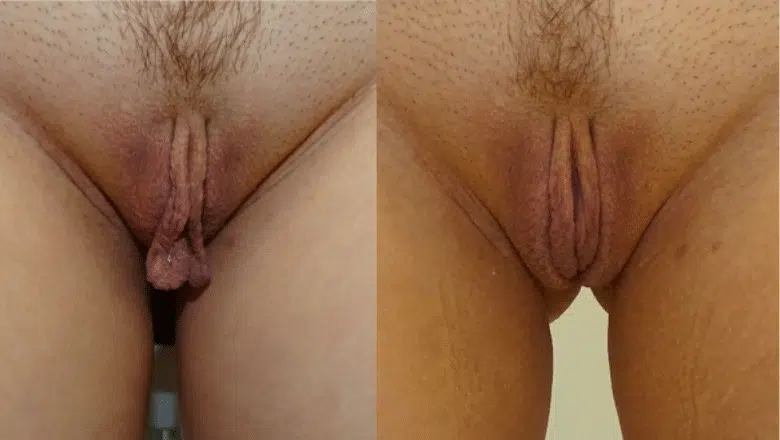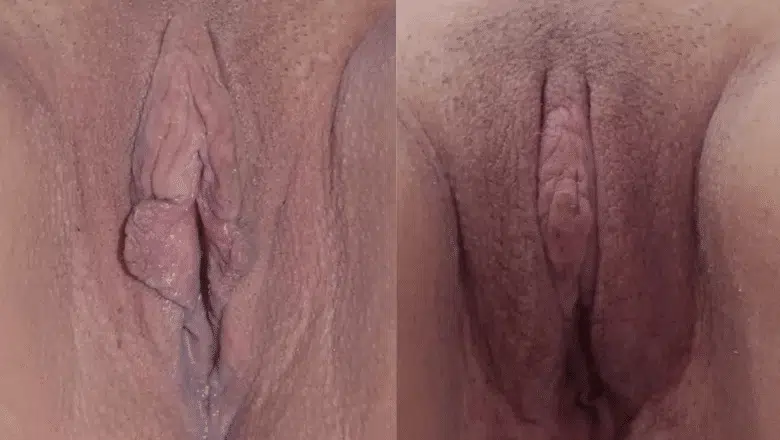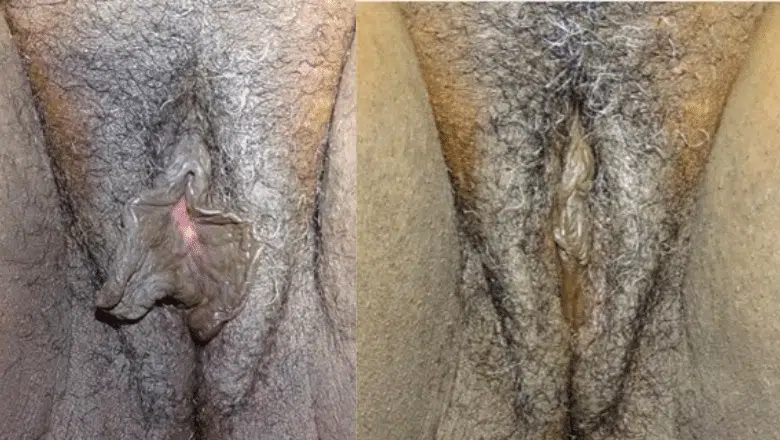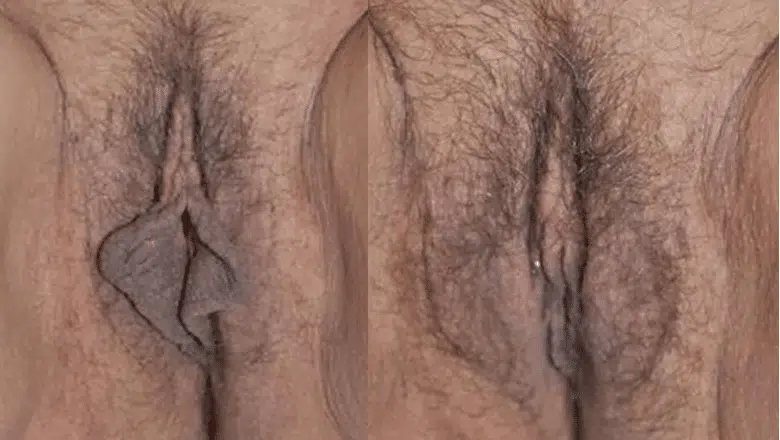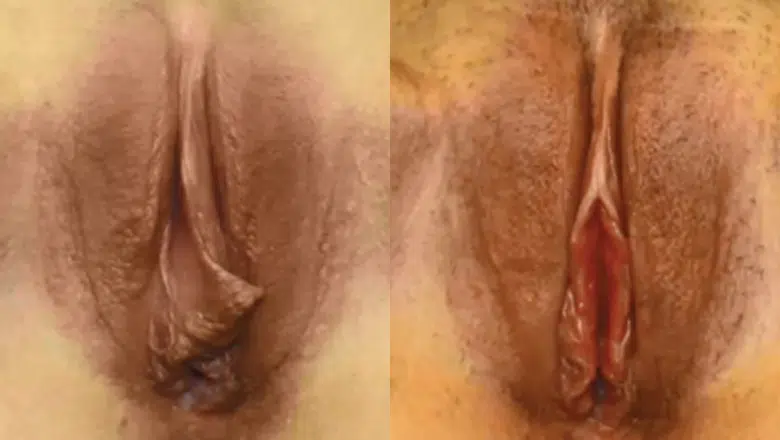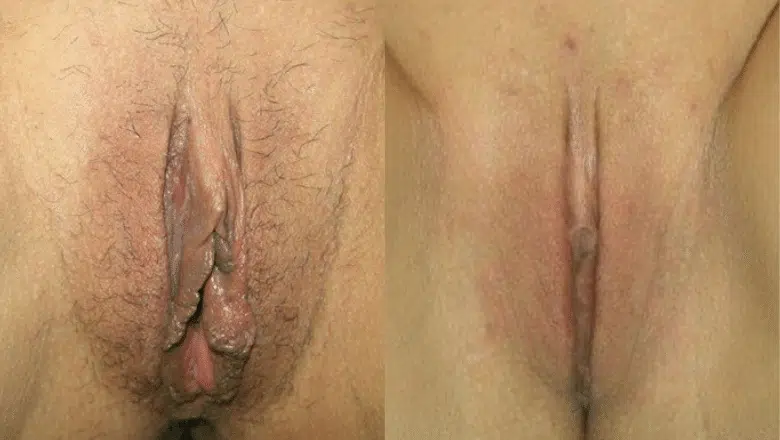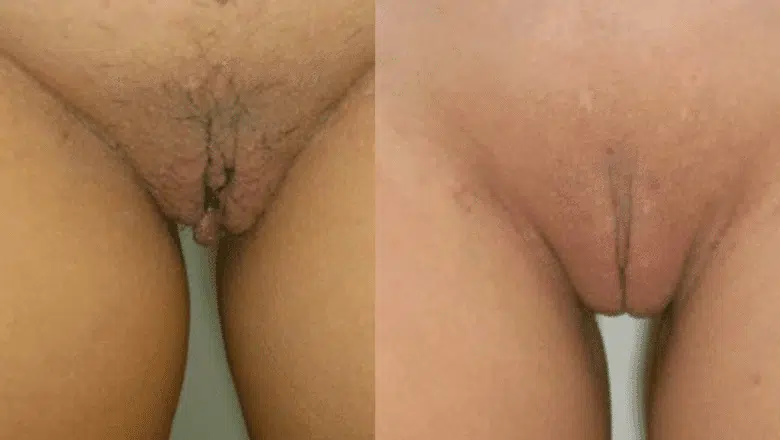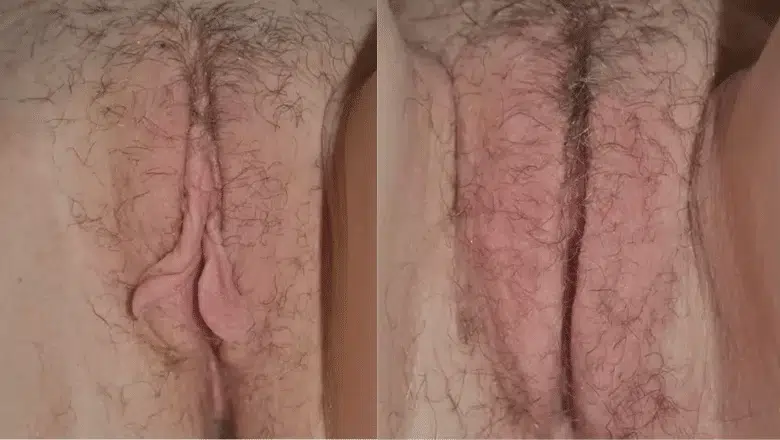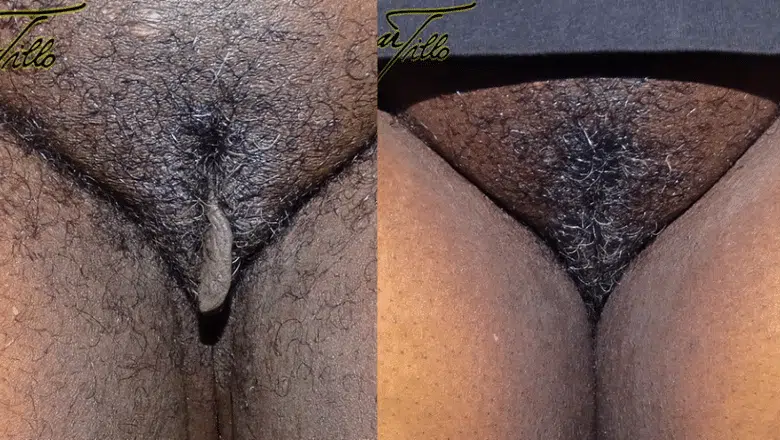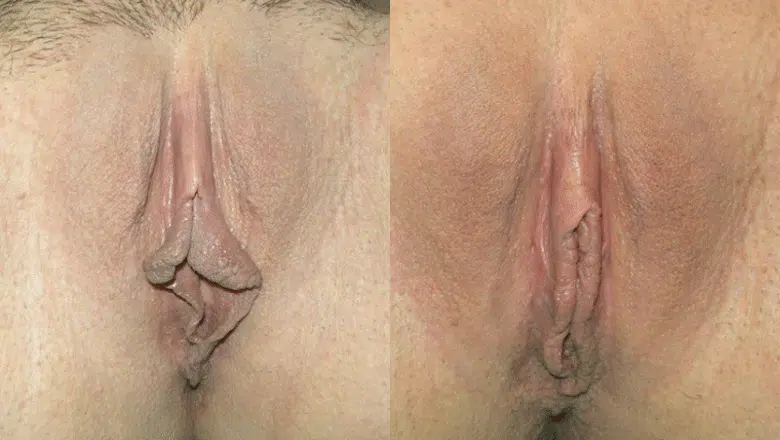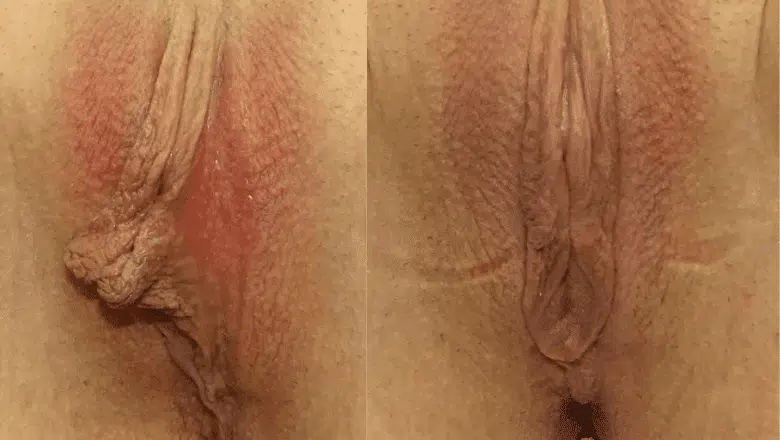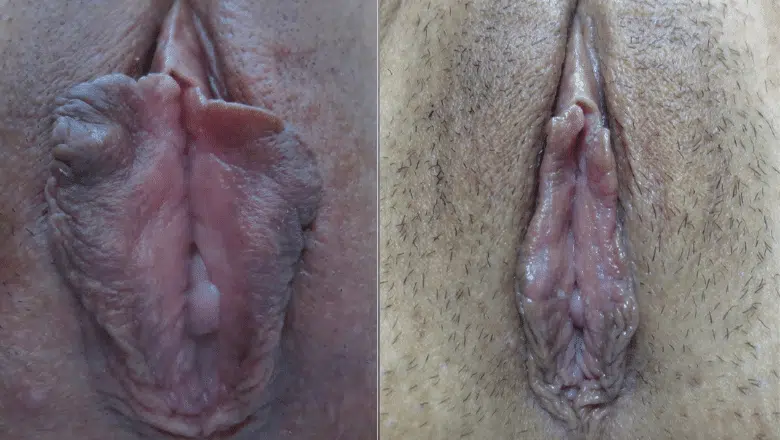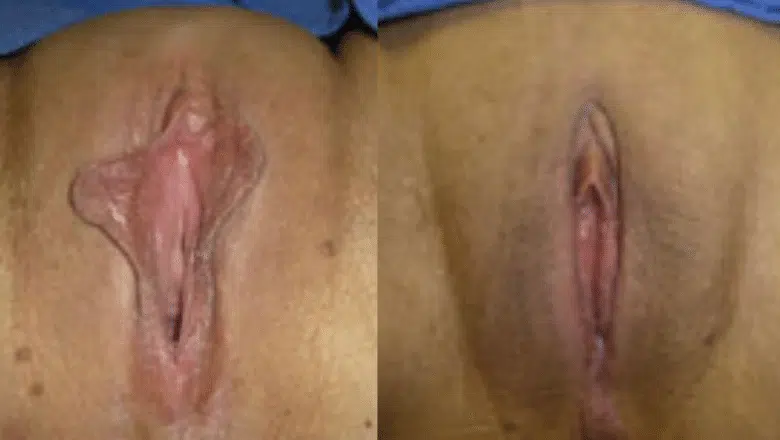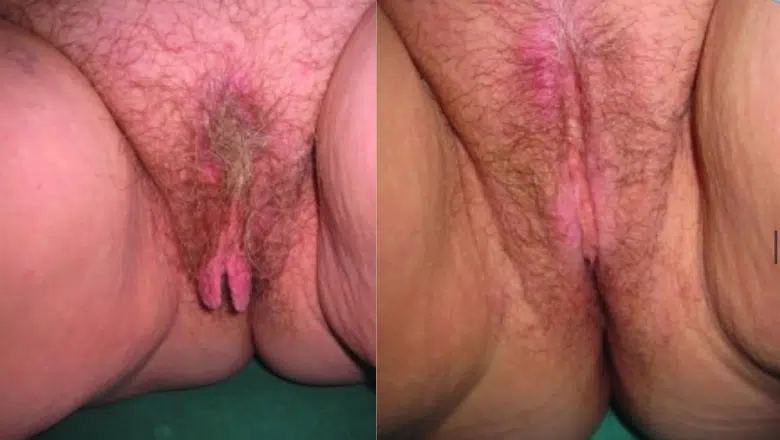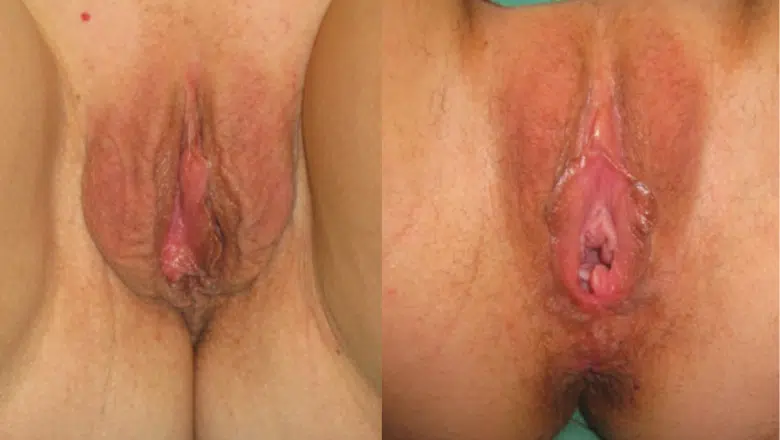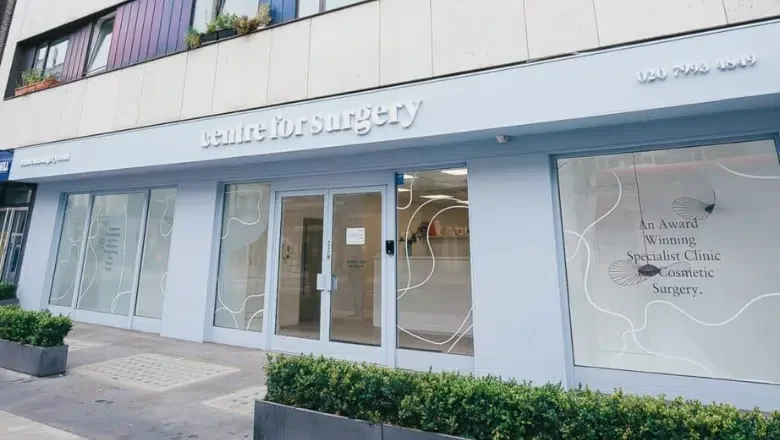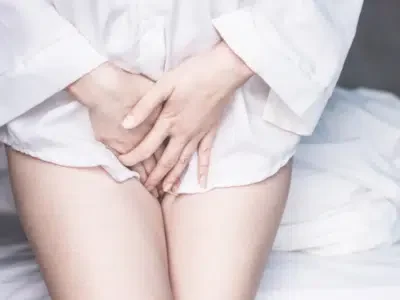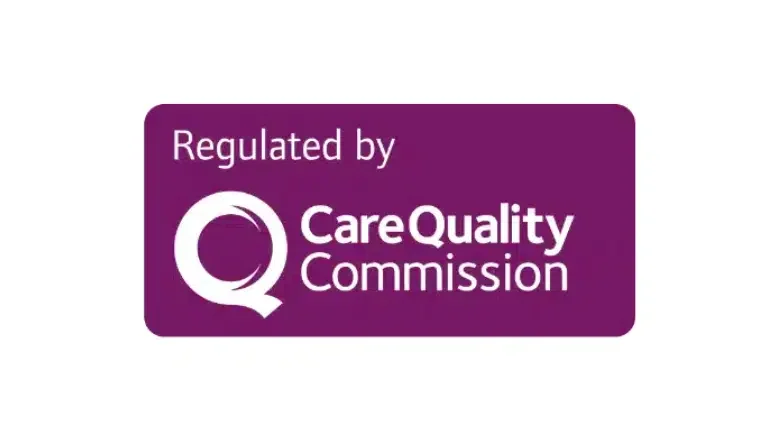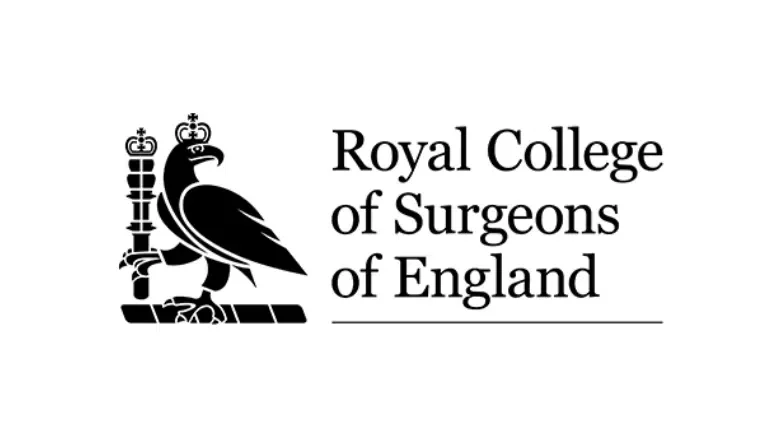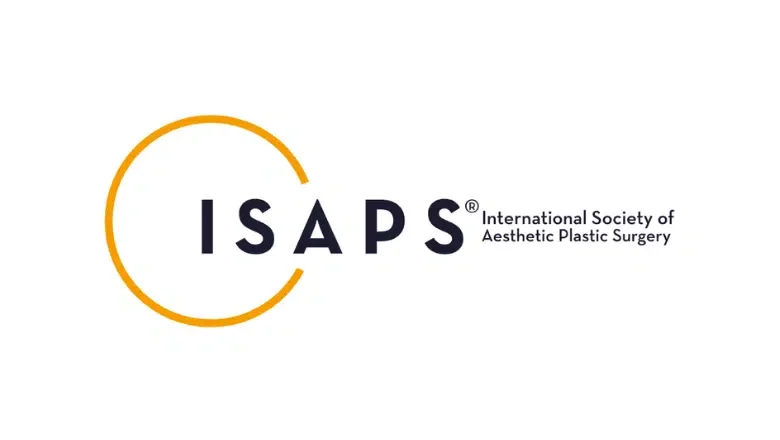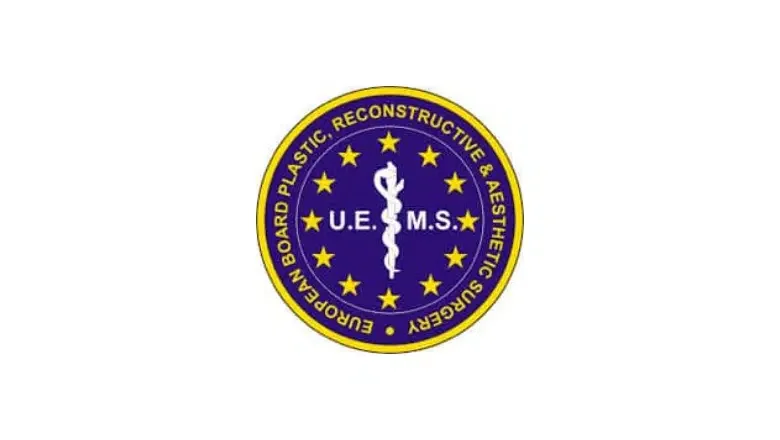Labiaplasty is becoming an increasingly popular surgical procedure in the UK chosen by women for both aesthetic and functional reasons. Whether it’s to relieve discomfort during physical activities, enhance comfort in certain clothing, or achieve a desired aesthetic look, labiaplasty can significantly improve quality of life. However, like any surgery, labiaplasty involves incisions, and with those incisions come the potential for scarring. Understanding what to expect in terms of scarring is crucial to prepare for your recovery period. In this article, we will explore what happens to your body after labiaplasty, the healing process, scar appearance, and the best ways to care for your incisions to achieve optimal results.
What Is Labiaplasty and Why Do Women Choose It?
Labiaplasty is a surgical procedure aimed at reducing or reshaping the labia minora, the inner folds of skin around the vaginal opening. Sometimes, it also involves the labia majora, the larger, outer folds. Women choose labiaplasty for a variety of reasons, both medical and cosmetic. Physically, excess labial tissue can cause discomfort during activities such as cycling, running, or sexual intercourse. It may even lead to chafing and pain when wearing tight clothing. Cosmetically, some women prefer the appearance of a more “tucked in” or symmetrical labia, feeling more confident in their bodies after the surgery.
RELATED: Labiaplasty FAQs – Q&A about Labia Reduction
Remember that every woman’s anatomy is unique, and the reasons for considering labiaplasty are highly individual. The decision to undergo surgery should be based on personal choice and comfort rather than societal standards or pressure.
The Labiaplasty Procedure: What Happens During Surgery?
Labiaplasty is typically performed as a day case under local anaesthesia with sedation or general anaesthesia, depending on the patient’s preference and the surgeon’s recommendation. The procedure usually lasts between one to two hours. During the surgery, the surgeon will trim and reshape the labial tissue. There are two main techniques used:
- Trim Method: The excess tissue is trimmed along the edge of the labia, giving a more uniform and symmetrical appearance.
- Wedge Method: A wedge-shaped section of tissue is removed from the central part of the labia, preserving the natural edge of the labia for a more subtle look.
The choice of technique will depend on the individual’s anatomy and desired outcome. Regardless of the technique, careful suturing will be done to promote healing and reduce scarring.
RELATED: Trim Labiaplasty vs Wedge Labiaplasty
The Healing Process: What to Expect After Surgery
Immediately following the labiaplasty procedure, it’s normal to experience swelling, bruising, and some level of discomfort around the surgical site. These symptoms will be most pronounced in the first 48 to 72 hours after surgery and should gradually diminish over the following weeks. Pain is usually manageable with over-the-counter pain relief or prescribed medication, and applying cold compresses can help alleviate swelling.
RELATED: Recovery after Labiaplasty – Top Tips after Labia Reduction Surgery
Rest is crucial in the first week after surgery. During this period, you should avoid strenuous activities, sexual intercourse, and wearing tight clothing that might rub against the incision area. Your surgeon will provide detailed post-operative instructions, including advice on hygiene, how to care for your surgical site, and when you can safely return to daily activities.
How Do Labiaplasty Scars Develop?
The formation of scars is a natural part of the healing process after any surgery. After labiaplasty, you can expect incisions to heal over a period of weeks to months. During the initial healing phase, which can last up to six weeks, the scars may appear raised and pink and feel firm to the touch. This is part of the normal tissue repair process as your body works to close the wound and strengthen the skin.
As healing progresses, the scars will begin to fade. Within three to six months, the scar tissue generally softens and flattens, blending in with the natural texture and colour of the labia. For most women, labiaplasty scars become minimally visible over time, often concealed within the natural folds of the labial skin. While everyone heals differently, most patients find that the scars are discreet and do not interfere with the overall aesthetic result of the surgery.
Factors That Influence Scarring
Several factors can influence how your scars heal after labiaplasty. Understanding these can help you achieve the best possible outcome:
Skin Type and Genetics
The way your skin heals is largely influenced by genetics. Some people are prone to developing more noticeable scars, such as keloids or hypertrophic scars, which are raised and thicker than normal scars. Discuss this with your surgeon before the procedure if you have a history of poor scarring.
Surgical Technique
The skill and experience of your surgeon play a significant role in the final appearance of your scars. Surgeons with specialised experience in labiaplasty will use precise incision techniques and careful suturing to minimise scarring.
Aftercare and Wound Healing
Proper postoperative care is crucial to the healing of your incisions. Keeping the area clean, avoiding activities that could stretch or put pressure on the incisions, and following your surgeon’s advice will support optimal healing.
Lifestyle Factors
Smoking, poor nutrition, and certain medications can affect how your body heals and may contribute to more visible scarring. Maintaining a healthy lifestyle and discussing any medications you take with your surgeon is essential.
Managing Labiaplasty Scars: Tips for Optimising Healing
Although scarring is an unavoidable aspect of surgical recovery, there are several ways you can help improve the healing process and minimise the visibility of scars. Here are some tips to ensure optimal healing:
- Follow Your Surgeon’s Aftercare Instructions: Your surgeon will provide detailed aftercare guidelines, including using specific ointments, keeping the area clean, and wearing loose clothing to prevent friction. Adhering to these instructions is crucial for proper wound healing.
- Avoid Strenuous Activities: During the first few weeks after surgery, avoid exercises or activities that could put pressure on the surgical site, such as cycling, running, or sexual intercourse. This will help prevent the incision from reopening and reduce inflammation.
- Maintain a Healthy Diet: A balanced diet rich in vitamins, minerals, and protein supports the body’s natural healing processes. Foods high in Vitamin C and zinc can particularly benefit skin healing.
- Stay Hydrated and Avoid Smoking: Proper hydration helps to keep your skin healthy, and avoiding smoking is essential as it can impair healing and increase the risk of scar complications.
- Scar Creams and Massage: Once your incisions have healed and your surgeon gives the go-ahead, using scar creams, silicone sheets, or massaging the scar area can help improve the appearance of your scars.
The Emotional and Psychological Aspects of Labiaplasty Scarring
It’s essential to recognise that while the physical healing process is relatively straightforward, the emotional response to scarring can vary from person to person. The perception of scars is highly personal, and some women may feel more self-conscious about their scars than others. While labiaplasty scars tend to be small and inconspicuous, it is essential to have realistic expectations about your body’s healing process.
Open discussions with your surgeon about what to expect and seeking support from friends, family, or a counsellor can help you adjust to the changes in your body. Over time, as your scars fade and you become more accustomed to the results, any concerns about scarring will likely diminish.
When Should You Be Concerned About Scars?
While most labiaplasty scars heal well with minimal visibility, there are instances when scarring may require medical attention. If you notice signs of infection, such as redness, increased pain, discharge, or swelling, you should contact your surgeon promptly. Additionally, if your scars appear to be thickening, becoming raised, or developing a keloid-like appearance, it is advisable to seek a professional assessment.
Early intervention can address most issues, whether through prescribed treatments, additional therapies like laser scar removal, or simple adjustments in aftercare routines. Your surgeon will guide you through any necessary treatments to ensure the best possible outcome.
The Long-Term Outcome of Labiaplasty Scars
In the long run, most women who undergo labiaplasty find that their scars are barely noticeable and that the benefits of the procedure far outweigh any concerns about scarring. The labial tissue is known to heal well due to its rich blood supply, which promotes faster and more effective healing than in many other parts of the body. Moreover, the natural folds and creases of the labia make it an area where scars are easily concealed.
Within a year of the surgery, the scars should be soft, flat, and blend in with the natural colour of the surrounding tissue. The vast majority of women are very satisfied with the results of their labiaplasty and experience improved comfort, confidence, and quality of life.
Centre for Surgery: Your Trusted Experts in Labiaplasty
At the Centre for Surgery, we understand that the decision to undergo labiaplasty is a highly personal one. Our team of experienced and skilled surgeons is committed to providing the highest standard of care, ensuring that your experience is as comfortable and reassuring as possible. We believe in a patient-centred approach, offering bespoke consultations to discuss your concerns, desired outcomes, and any questions you have about scarring or recovery. With state-of-the-art facilities and the latest surgical techniques, we are dedicated to helping you achieve the results you desire, all while ensuring optimal healing and minimal scarring. If you’re considering labiaplasty, contact us today on 0207 993 4849 to schedule a consultation and take the first step towards a more confident you.

